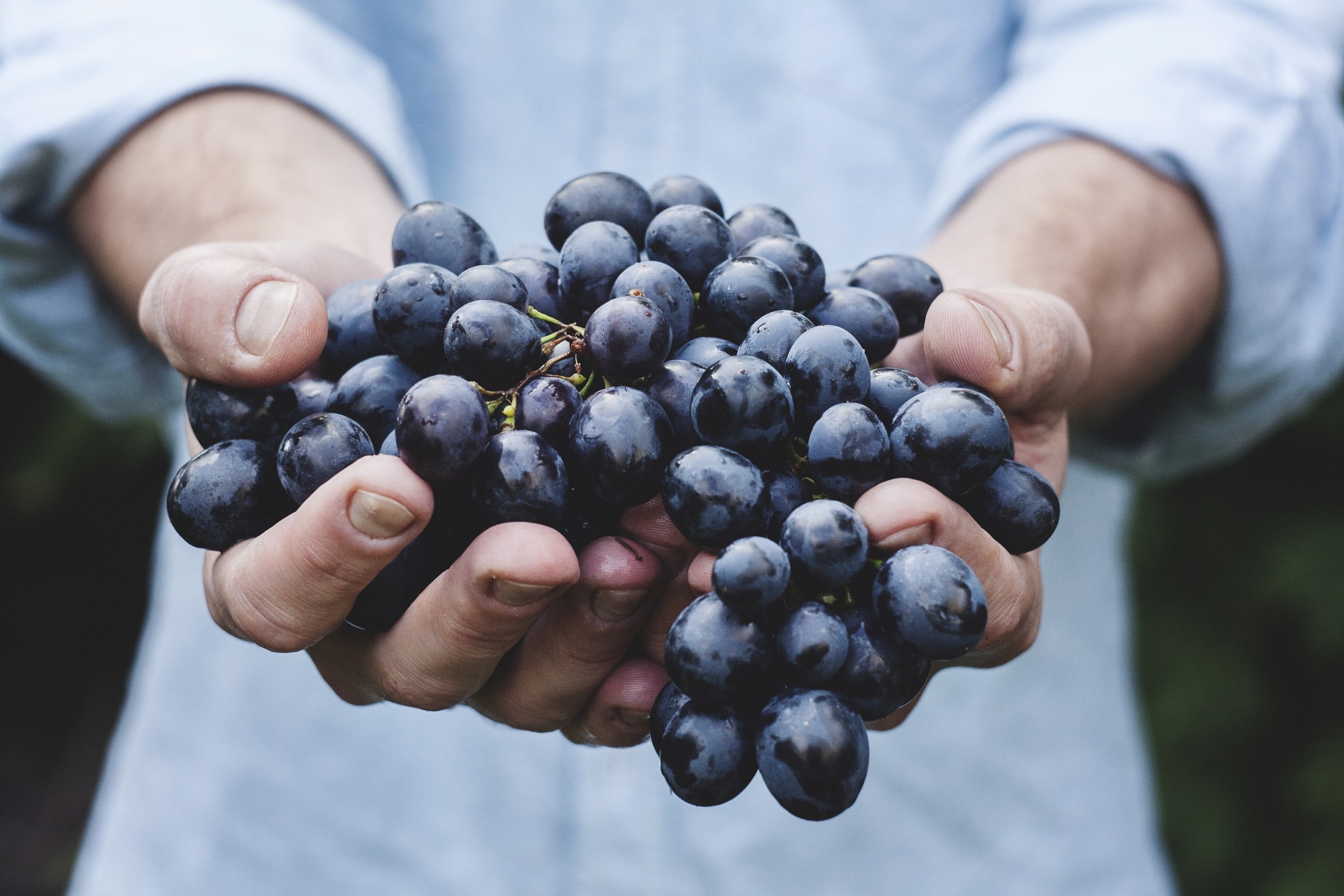Organic Foods: Why and Where (in Korea)
Last year it came to me that I wanted to try an experiment. I went to Emart and bought two sweet potatoes, one “organic” and one “conventional.” I similarly bought two tomatoes. I took them home and performed some basic observations on these foods.
Before I get to my observations, allow me to quickly define some of the pertinent terms to our discussion. You will have to look into these more on your own, but when talking about this topic, and when shopping, you need to distinguish between the following descriptors: organic, pesticide-free, additive-free, and natural. Regarding “organic” produce, technically it must have been grown without the use of either synthetic chemical fertilizers or chemical pesticides. So, for example, a “pesticide-free” fruit or vegetable may still have been grown using a synthetic (human-made) fertilizer. This is a problem. Did you know that nitrogen fertilizer is created from ammonia and natural gas? Apart from any human health ramifications, simply fabricating the substance requires large amounts of fossil-fuel energy input. Also, the applied fertilizer migrates into soil and water (rivers, lakes, sea), as plants use only a small percentage of that which is applied. In 2016, according to United Nations data, 195 million metric tons of nitrogen, phosphate, and potassium fertilizers were produced and consumed worldwide.
Okay, back to my experiment. After cooking the sweet potatoes, I cut them open. The color was totally different, as were the texture and taste. The organic one was a beautiful, rich, orange color, and the texture was soft and homogenous. The conventional potato was a washed-out, brown-yellow color, and the texture was very fibrous. The taste, most importantly, was completely different. Can you guess which one tasted better? Now, on to the tomatoes. The organic one was smaller, and when cut open was a deep, rich, red color; the smell of tomato laded the air. The conventional tomato was mealy, light pink, and appeared sort of water-logged. Again, the organic specimen tasted much more intensely like it should.
My experiment was a nonscientific, qualitative, subjective assessment. It turns out, however, that there is objective scientific backing for the observations I made. National Geographic reported in 2014 that results of a peer-reviewed university study found organic foods to contain between 18 and 69 percent higher levels of a range of antioxidants, as well as lower levels of pesticides. “So what?” you ask. Well, these antioxidants, aside from any possible cancer-preventing benefits, also account for plants’ “organoleptic” qualities – that means taste, aroma, and “mouth-feel” to you and me. Other studies indicate that organic foods contain 25 percent higher levels of 11 nutrients.
Now, the price of organic foods here in Korea is typically double that of its conventional counterpart. The last time I checked in Emart, one head of broccoli was about 4,000 won. You must consider, however, that in terms of antioxidants and nutrition, you need to eat about 1.25 to 1.69 times as much in the weight of a conventional fruit or vegetable in order to ingest the same amount as its organic equivalent. Furthermore, you must reflect on other consumer concerns, as highlighted below.
On a global scale, the main issues to consider as to increasing organic farm production include biodiversity (more pest-eating bugs, spiders, and earthworms in organic crops), jobs produced (more in organic), land use (more land needed for organic), family-owned vs. corporate farming (more family-owned, organic farms), crop yields (lower in organic), and energy input (less fertilizers, pesticides, and cultivation methods).
Okay, you have decided you want to buy organic foods. The Korea Times has reported that availability of organic products is on the rise in Korea, and some enterprises, such as Hansalim, are centering their businesses on the organic foods movement.



